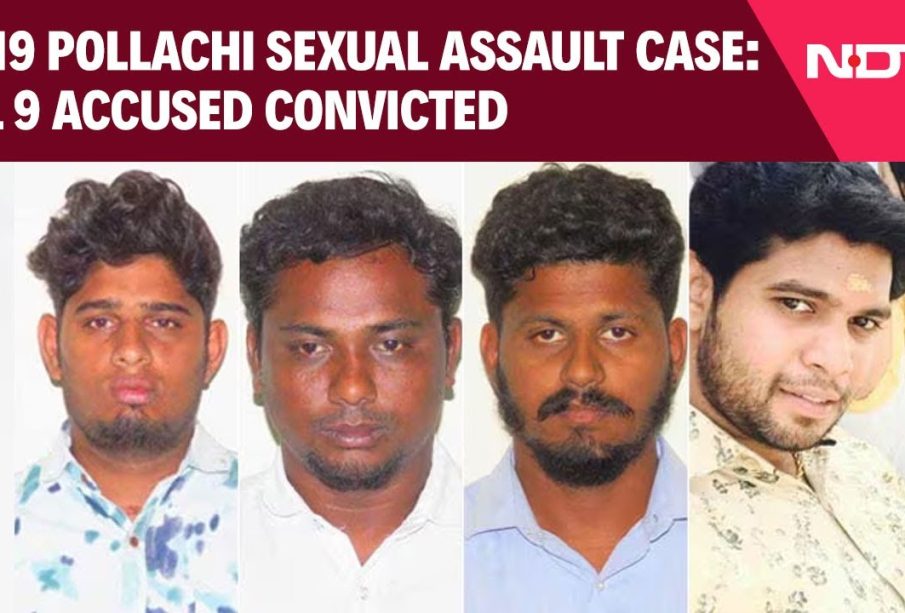Understanding the Pollachi Case: Latest Developments

Introduction
The Pollachi case, which has captured national attention in India, involves a series of alleged sexual assaults that emerged in early 2019. This case extends far beyond the individuals involved; it raises critical questions about women’s safety, societal attitudes toward sexual violence, and the justice system’s effectiveness. The significant media coverage and public outcry surrounding the case emphasize its relevance in ongoing discussions about gender-based violence in India.
Main Body
In March 2019, the Tamil Nadu police arrested four men accused of sexually assaulting a woman in Pollachi, a town in Coimbatore district. As the investigation progressed, it became evident that these alleged crimes were not isolated incidents. Reports indicated that victims had been intimidated and blackmailed after the assaults. The case took a shocking turn when multiple victims came forward, leading to a total of over 10 women reportedly coming forth with similar allegations against the accused.
The case garnered extensive media attention, spurring protests and calls for stricter laws regarding sexual assault. One of the pivotal moments in the ongoing investigation occurred in early 2020 when the case was handed over to the Central Bureau of Investigation (CBI), highlighting the seriousness of the allegations and the need for a thorough investigation. Despite the legal proceedings, many advocates for women’s rights argue that the societal attitudes towards sexual violence remain a significant barrier to achieving justice.
Recently, as the final verdict approaches, public interest has surged once again. In September 2023, the additional sessions court announced that it would commence final arguments, bringing hope for the victims and their families seeking justice. The case has sparked numerous discussions on social media, with many using the hashtag #JusticeForPollachi to rally support.
Conclusion
The Pollachi case serves as a powerful illustration of the struggles faced by many victims of sexual violence in India. As discussions about gender-based violence gain momentum, this case highlights the urgency for reforms in legal frameworks and societal attitudes. While the forthcoming verdict is awaited, there is a strong movement advocating for increased protections for women and a more robust mechanism to report and deal with sexual violence. The outcomes of this case will likely have lasting implications on public policy and societal perceptions of sexual assault in India. As such, monitoring its progress remains critical for both the legal community and societal leaders to ensure justice is served and prevent further instances of such heinous crimes.









